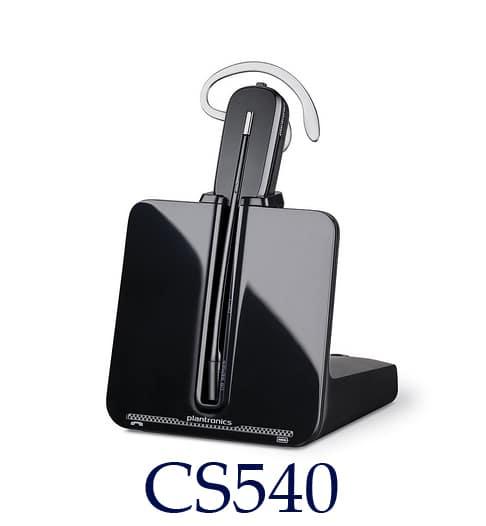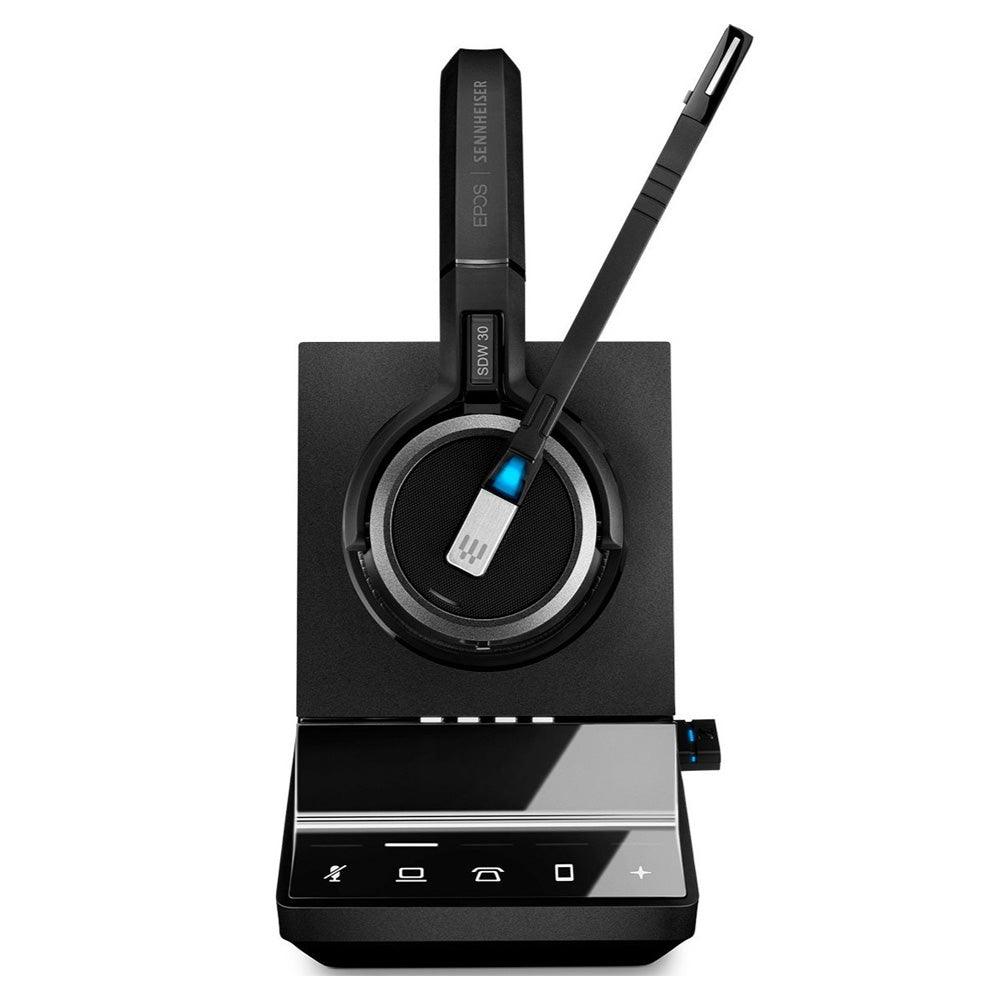Telemedicine allows doctors to care for patients from afar. Let's explore the must-have tools for remote patient care and how they help provide good healthcare.
Key Takeaways
| Equipment | Purpose | Importance |
|---|---|---|
| High-Quality Headsets | Clear audio communication | Essential for accurate diagnosis and patient interaction |
| Webcams and Video Conferencing Solutions | Visual patient assessment | Critical for observing symptoms and non-verbal cues |
| Remote Patient Monitoring Devices | Continuous health tracking | Enables proactive care and early intervention |
| Secure Communication Platforms | Data protection and privacy | Crucial for maintaining patient confidentiality |
1. High-Quality Headsets
Clear communication is key in telemedicine. A good headset ensures doctors and patients can hear each other well, reducing misunderstandings and improving care. High-quality audio is especially important when talking about health issues or explaining treatments.
The EPOS Adapt 261/231 Wireless Bluetooth Headset is great for telemedicine. It charges fast, comes with a USB-C dongle, and offers 27 hours of talk time. At £123.60 (including VAT), it's a good investment for clear, long-lasting communication. The long battery life means doctors can talk to patients without interruptions, and the Bluetooth lets them move around if needed.
Check out more wireless headsets for telemedicine
2. Webcams and Video Conferencing Solutions
Seeing patients clearly is crucial for accurate diagnoses. Good webcams and video tools provide sharp, detailed images that allow doctors to see physical symptoms, check skin conditions, and understand how patients are feeling. Being able to make eye contact and see facial expressions also helps build trust during virtual visits.
The Jabra Evolve2 65 UC Headset with Stand is perfect for video calls. It has excellent noise cancellation and works with many video platforms. Priced at £224.40, it's a reliable choice for clear video consultations. The noise cancellation is really helpful in busy doctor's offices, making sure both the doctor and patient can focus on their conversation without distractions.
3. Remote Patient Monitoring Devices
These devices help doctors keep an eye on patients' health from far away. They can track things like heart rate, blood pressure, and blood sugar levels. This is really useful for looking after people with long-term health conditions, patients who've just had surgery, and older people who find it hard to travel to the doctor's office. By giving real-time information, these devices help doctors make quick decisions and change treatments when needed.
Contact us to learn about compatible monitoring devices
4. Telemedicine Carts and Mobile Solutions
For doctors who need to move around, mobile telemedicine tools are important. These let doctors provide care in different parts of a hospital or even in patients' homes. Mobile telemedicine carts often have high-quality cameras, screens, and built-in medical tools, allowing for thorough remote check-ups.
The Plantronics CS540 Wireless Headset is great for mobile telemedicine. It uses DECT technology and works with desk phones. At £200.40, it's a solid choice for doctors who need to move around while providing care. The DECT technology makes sure the communication is secure and clear, which is really important when talking about private health information in different places.
Find more wireless headsets for mobile telemedicine
5. Secure Communication Platforms
Keeping patient information safe is really important in telemedicine. Secure platforms make sure communication is private and confidential, following rules like HIPAA in the United States or GDPR in Europe. These platforms often have features like end-to-end encryption, secure file sharing, and controls to keep patient data safe during virtual visits and when sending medical records.
Learn about our commitment to data security
6. Audio Equipment for Clear Sound
Good sound quality is vital for accurate diagnoses and clear communication with patients. Clear audio ensures that small details in a patient's description of symptoms are not missed and that instructions for treatment or medication are fully understood. Good microphones and speakers can also help in detecting sounds that might be important for understanding a patient's condition.
The Streamline ProV-XL Headset is designed for noisy environments and has excellent noise cancelling. At £85.20, it's an affordable option for clear audio in telemedicine settings. Its noise-cancelling feature is really useful in busy healthcare places, making sure that both the doctor and patient can focus on their conversation without background noise getting in the way.
Explore more corded headsets for clear audio
7. Network Infrastructure and Connectivity
A strong, reliable internet connection is super important for telemedicine. It makes sure video calls are smooth and data can be sent quickly. Doctors' offices should get high-speed internet and maybe even have backup internet options to prevent problems. Having enough bandwidth is crucial for handling good quality video and sending large medical files or images at the same time.
8. Training and Support for Telemedicine Equipment
Good training helps doctors use telemedicine tools effectively. This includes learning how to use the equipment, understanding the best ways to do virtual visits, keeping patient data safe, and fixing common problems. Ongoing support is important to quickly solve any technical issues and keep patient care running smoothly.
9. Future Trends in Telemedicine Equipment
Telemedicine technology is always getting better. In the future, we might see AI-powered tools to help diagnose illnesses, augmented reality for better visual check-ups, and more advanced wearable devices to keep track of patients' health all the time. These new technologies aim to make remote healthcare even more effective and easy to access.
The EPOS Impact SDW 5036/5066 Wireless Headset is ready for the future of telemedicine communication. It has great audio quality, two noise-cancelling microphones, and can work up to 180 meters away. At £342.00, it's an investment in advanced technology. The long range is really helpful for doctors who need to move between different areas while still talking to patients.
Stay updated on the latest telemedicine trends
Communication Devices
High-quality headsets with good audio and noise-cancelling microphones help doctors and patients talk clearly.
Remote Monitoring Tools
Devices that let doctors check patients' health from far away, helping to provide ongoing care and catch problems early.
Secure Platforms
Special software and networks that keep patient information safe during online doctor visits and when sending health data.
Conclusion
Using telemedicine needs the right tools. From good headsets to secure platforms, each piece of equipment is important for providing excellent remote patient care. As technology gets better, telemedicine will keep improving, making healthcare easier to access and more efficient for everyone. These tools not only help doctors provide better care but also allow them to reach patients in areas where it's hard to get to a doctor. They also help patients get better by allowing more frequent and convenient check-ups. As doctors learn to use these new digital tools, choosing and using the right telemedicine equipment becomes really important.















